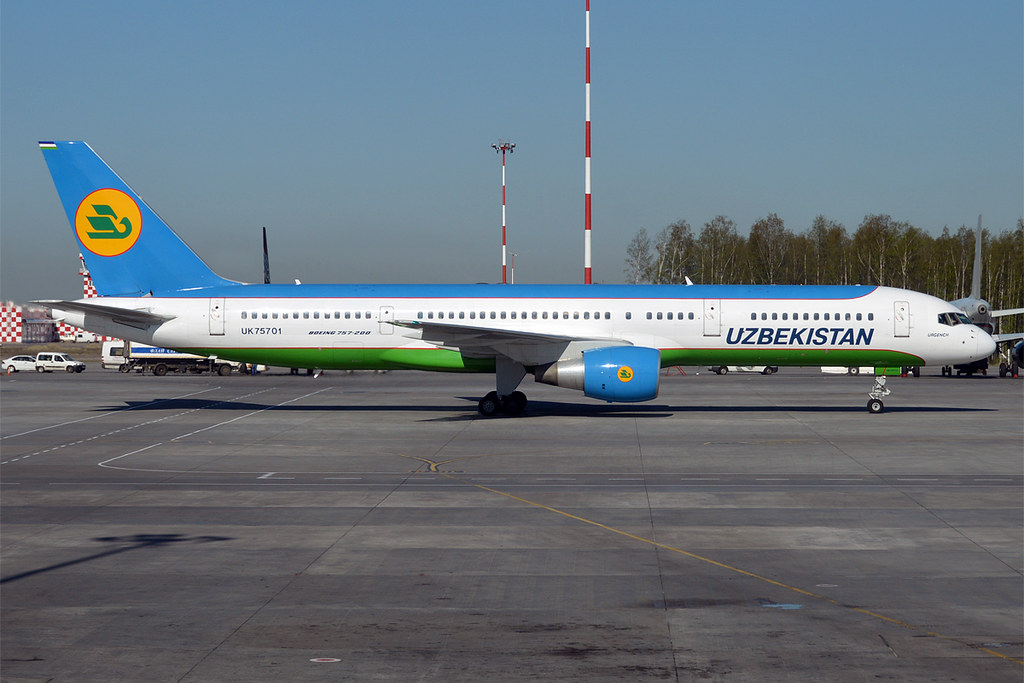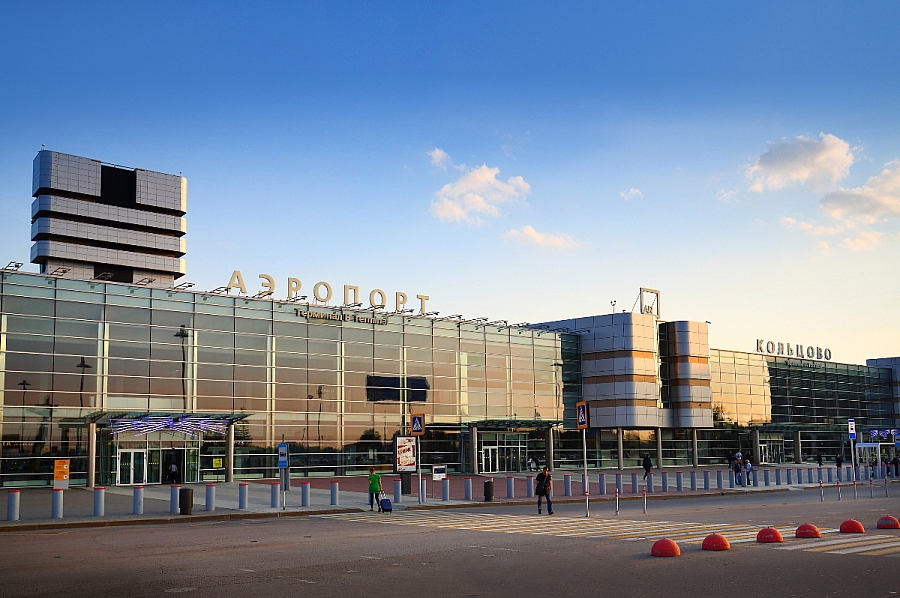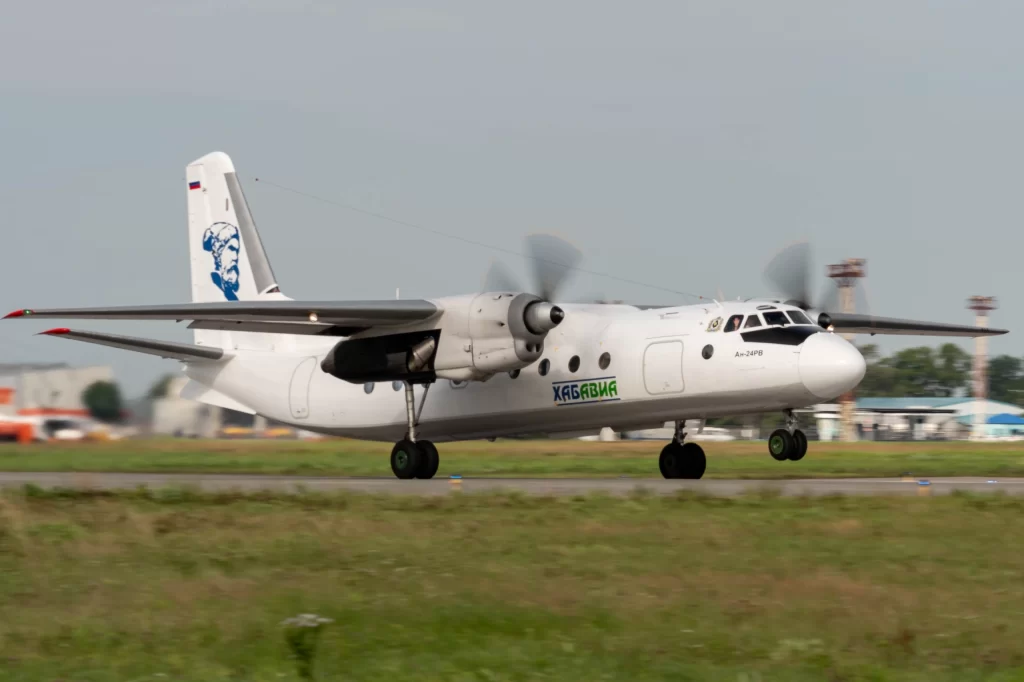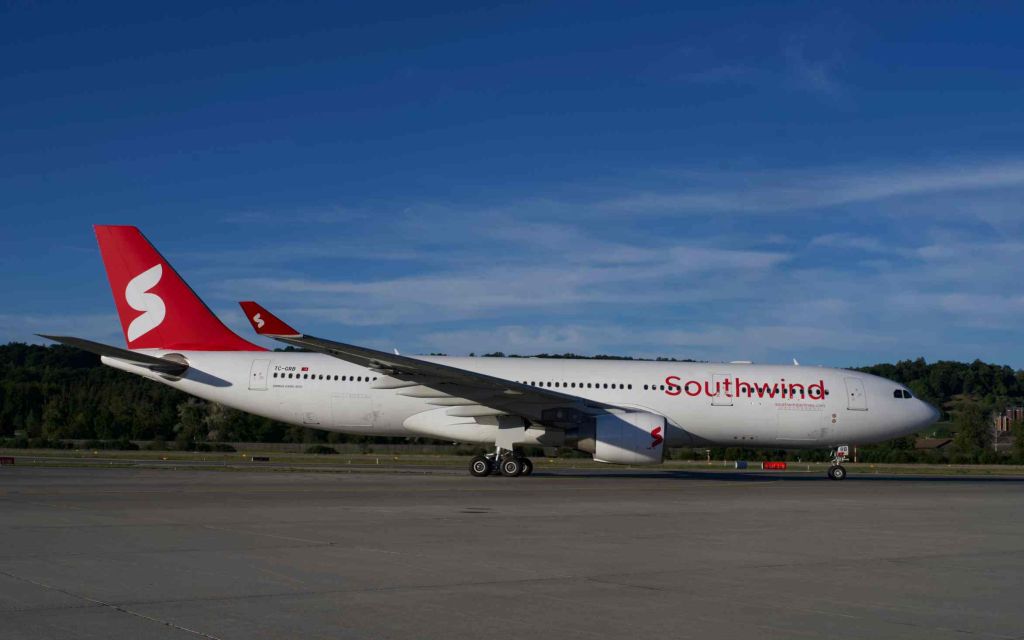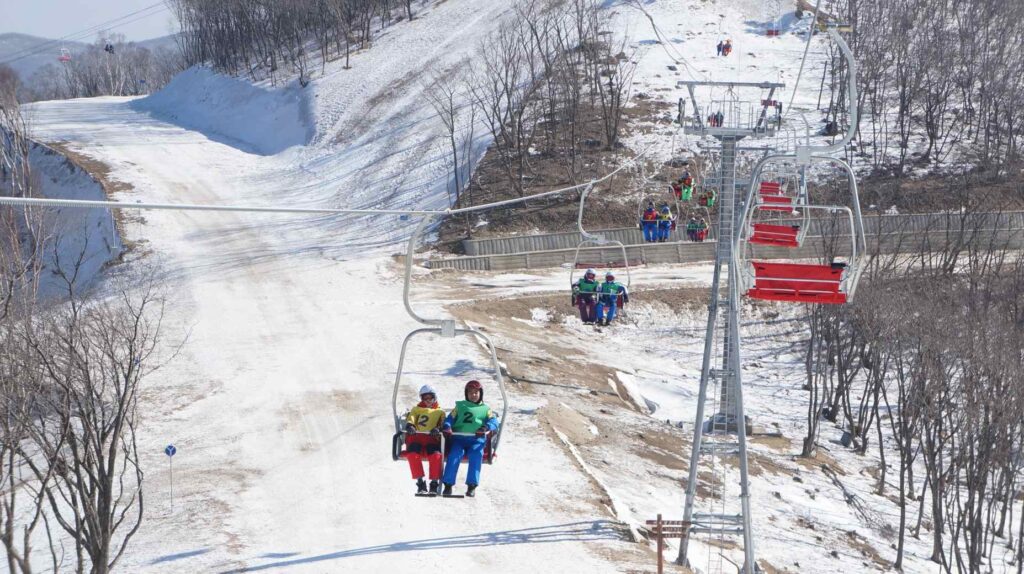On board an Aeroflot flight, where a man lost consciousness and later fell into a coma and died, the temperature was 7°C above normal.
As @aviatorshina telegram channel reports, on the evening of March 26 at Bangkok Airport, when the Airbus A330 Aeroflot aircraft was unable to depart on flight to Krasnoyarsk due to an engine malfunction, 294 passengers (including 39 children) were forced to sit on the plane for more than two hours at an air temperature in the cabin exceeding 30°C. According to SanPin and the airline’s internal regulations, a cabin air temperature above +25°C is considered unacceptable.
Aeroflot instructs flight attendants to set the temperature to 23°C in the front and middle sections of the A330, and 22°C in the rear. However, during the boarding of flight SU815, the temperature in the cabin was already above the norm — 26°C. The pilots activated the auxiliary power unit (APU) air intake during boarding, and after the aircraft started moving, they switched the air conditioning system to engine air intake. At that time, the temperature rose to +29°C.
During the taxiing of the A330 to the runway, the electronic engine control (EEC) unit of the first engine failed. The captain decided to return, and the dispatcher assigned a parking position on the cargo ramp without a docking system and asked to wait for the marshaling, but it took 40 minutes to arrive. During this time, the temperature in the cabin exceeded 30°C.
After the aircraft was parked and the ground air conditioner was connected, the temperature continued to rise and reached 31°C. Flight attendants reported this to the pilots. The captain decided to restart the APU and switch the air conditioning system to intake air from it. At the same time, Thai technicians started searching for the malfunction, which they unsuccessfully tried to fix for more than 1.5 hours.
During all this time, passengers remained on the plane. Pilots received a new report from flight attendants about the temperature increase in the cabin to 32°C (20 minutes after the first report). It was decided to distribute cold drinks to the passengers. The decision to disembark the passengers was made by the Aeroflot flight management center only after 20 minutes. But there were no available ramp buses — they had to wait for a whole hour.
During this time, a man (who, according to his wife, suffered from arrhythmia) started feeling unwell. He refused an ambulance, and flight attendants provided him with first aid, providing oxygen, water, and ice. Then another passenger complained of feeling unwell and agreed to call an ambulance.
The ambulance arrived after the buses arrived and began disembarking passengers. A woman approached it, complaining of food poisoning. At this moment, another ambulance was called to the aircraft — for the man with arrhythmia, whose condition had worsened. After 5 minutes, he lost consciousness, his pupils did not react to light, he had no breath, and no pulse was felt. Medics from the first ambulance boarded the aircraft and began to assist two passengers simultaneously.
After performing resuscitation measures, including CPR, they managed to revive the man, and he even answered their questions. He was then taken to the hospital in the first ambulance (the second ambulance never arrived), but later he fell into a coma, and three days later he died without regaining consciousness.
Following this incident, the Western Investigative Department of the Investigative Committee of the Russian Federation initiated a criminal case, and its investigation was put under the control of the Chairman of the Investigative Committee, Alexander Bastrykin. Rosaviation, however, did not see signs of an aviation incident in what happened and did not investigate it. A few days later, Aeroflot asked flight attendants to strengthen control over the temperature in the passenger cabin.
However, today Russian airlines face no consequences for holding passengers on board at temperatures above the permissible limit for any reason.



